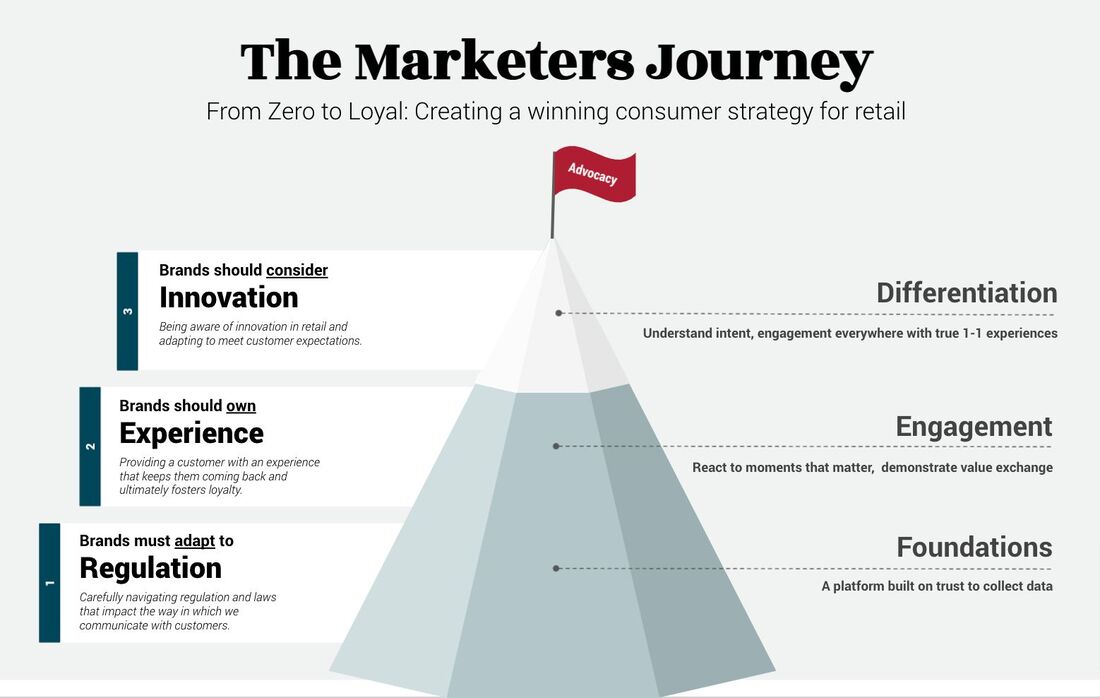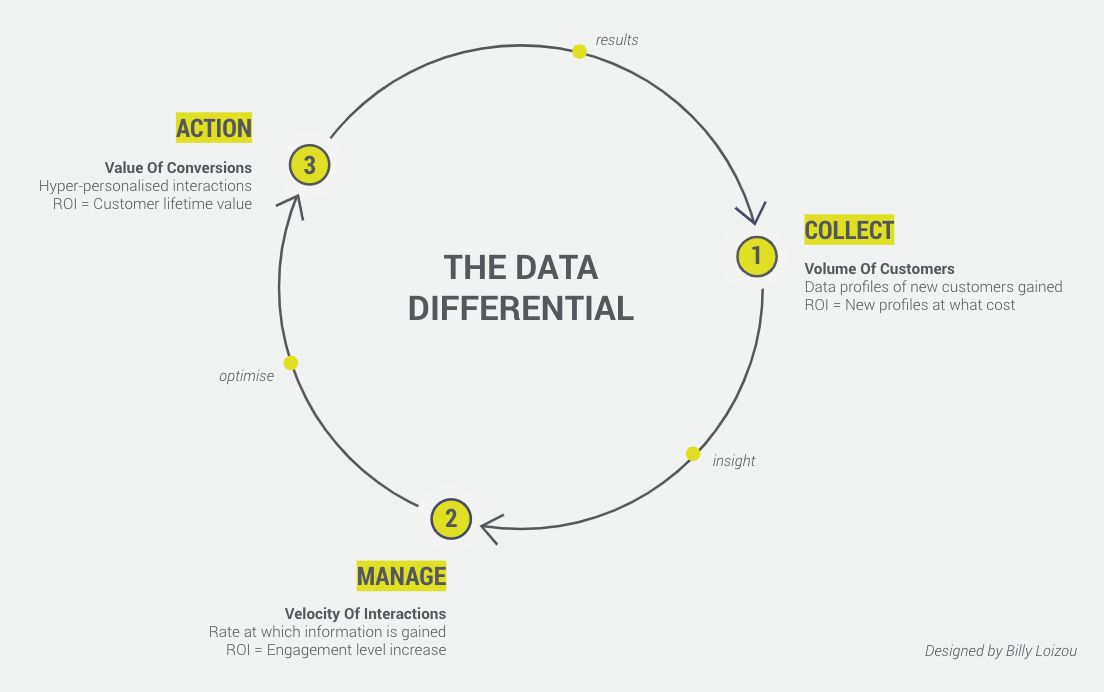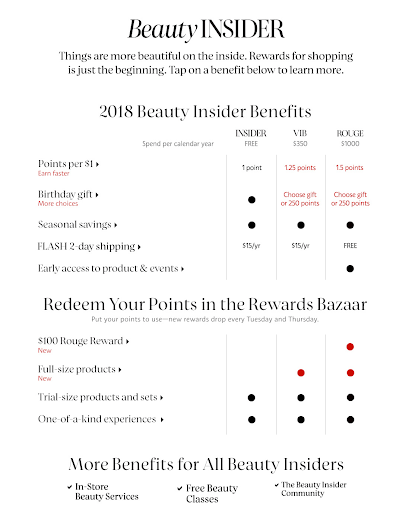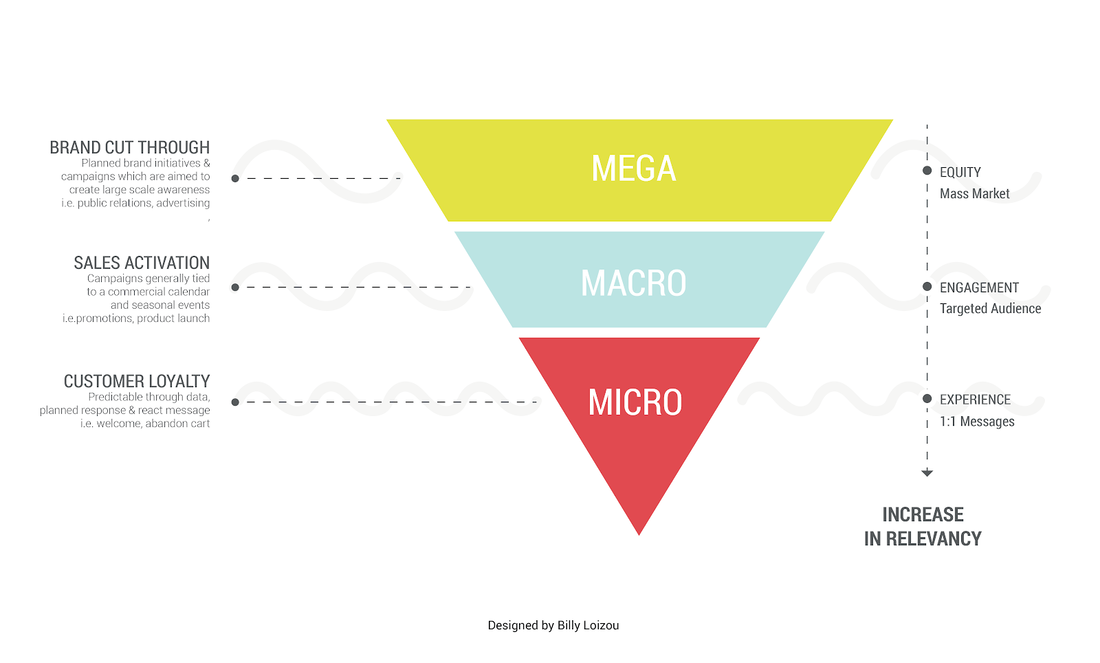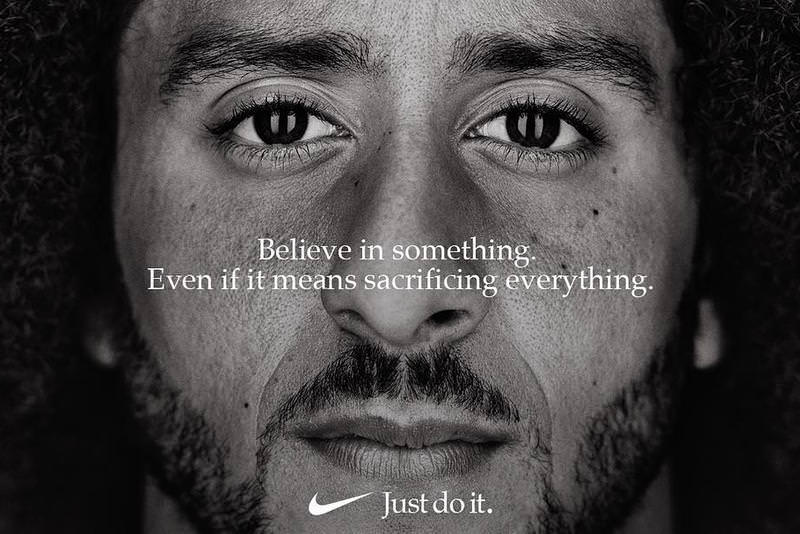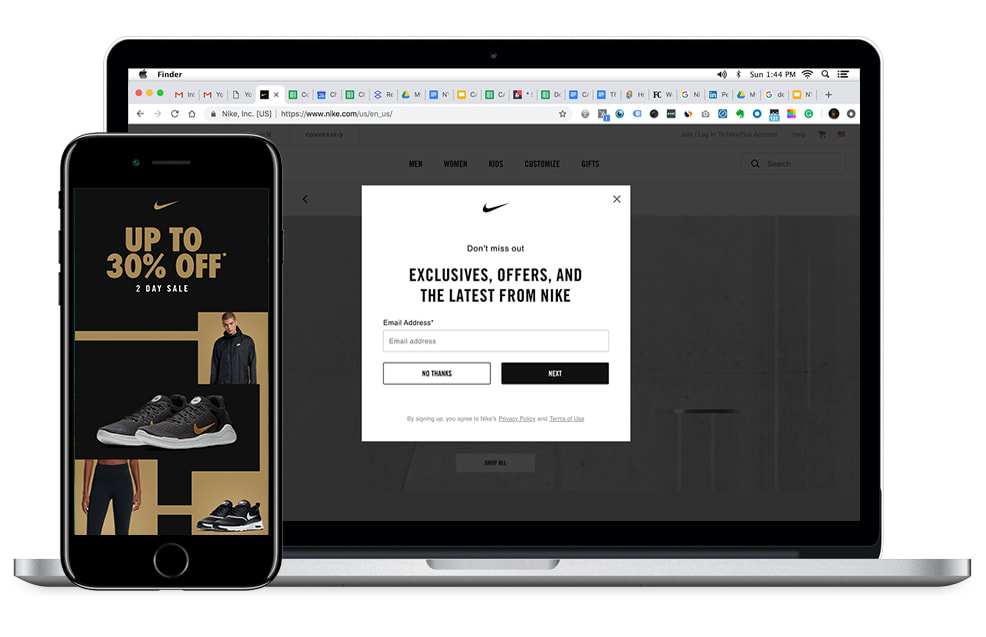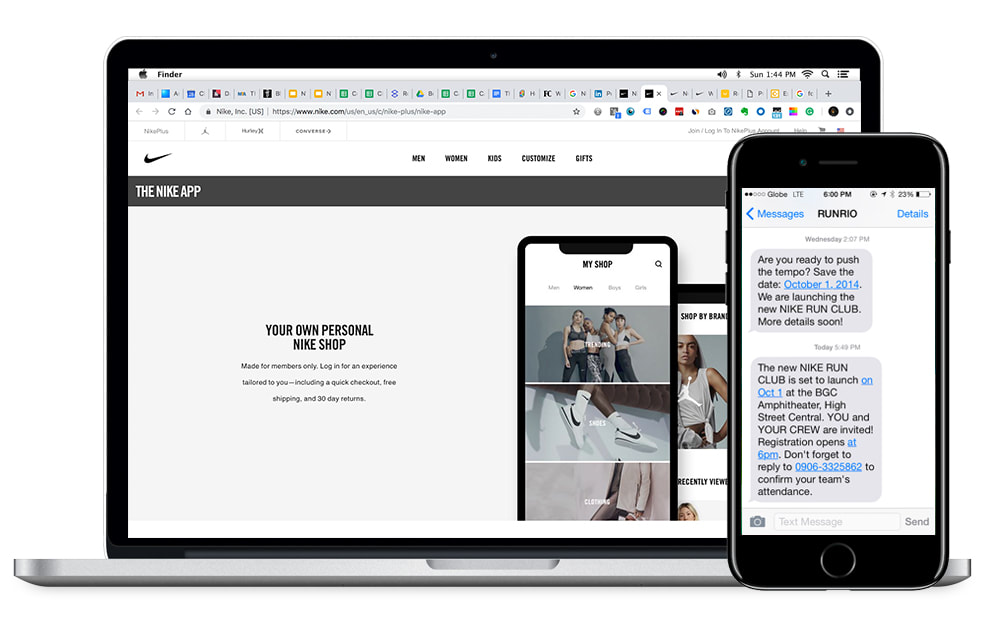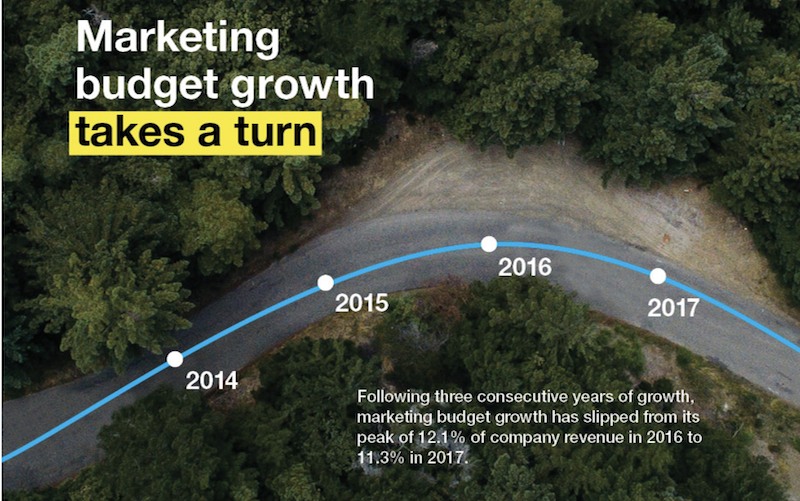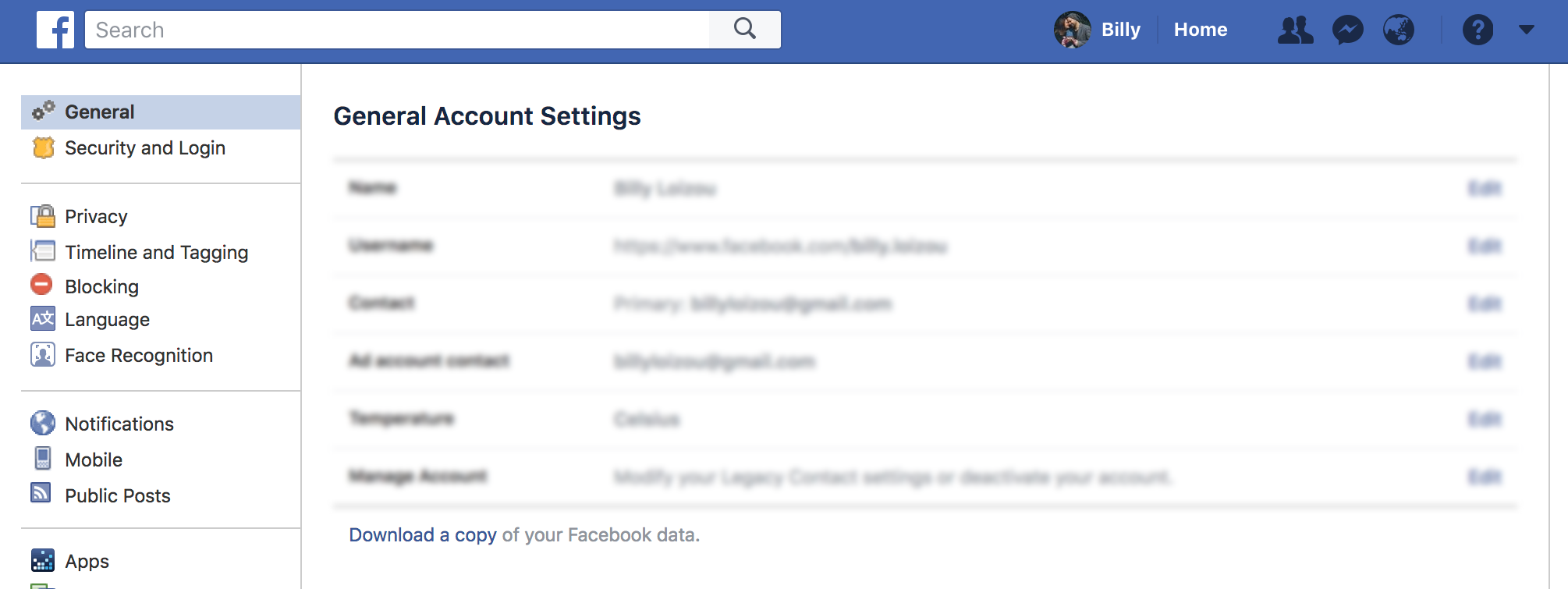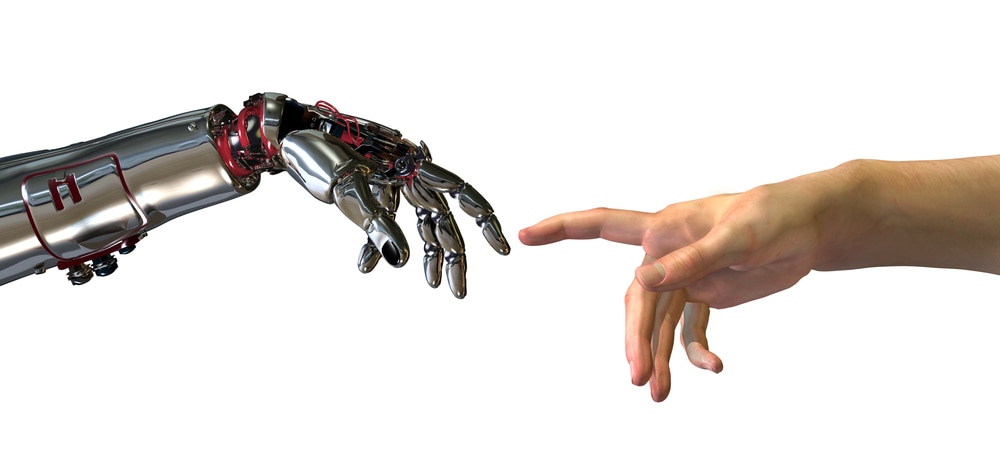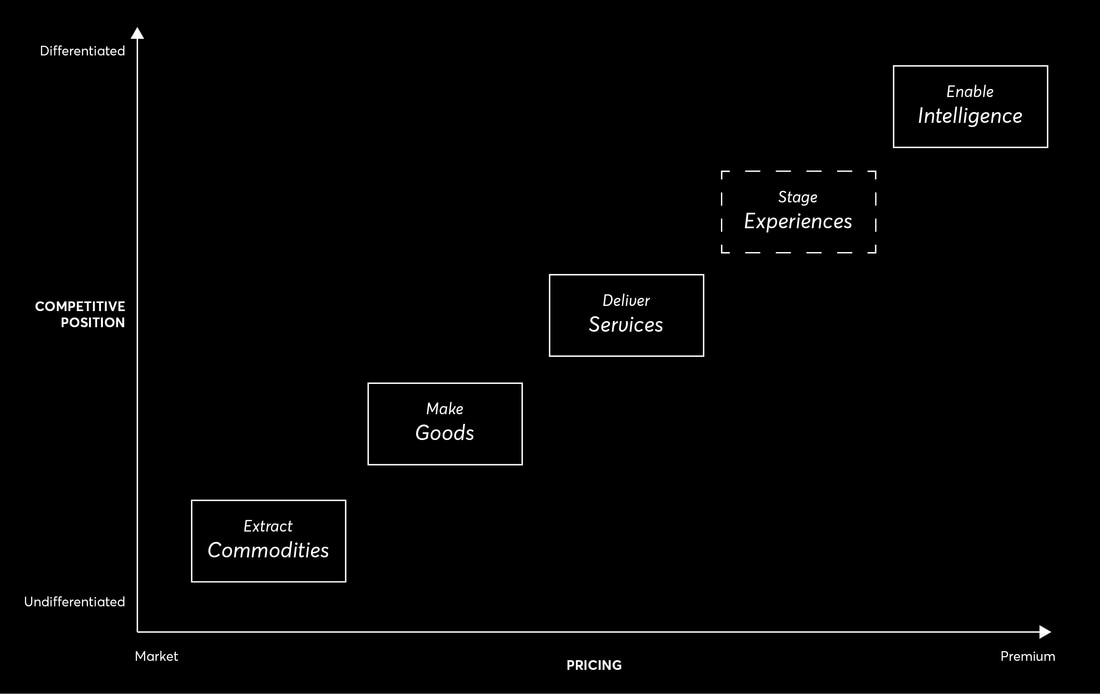Recently, I started to think about some of the challenges that specifically retail marketers are facing. I couldn't help but illustrate what I believe, are the three key themes in the industry and how they are interrelated.
Let me explain by starting from the bottom of the pyramid:
1. Building direct-to-consumer relationships are king - The third-party phase-out has created a reason for brands to get closer to their customers. In order to build trust with today's customers, you need a data strategy that is built and governed around regulations and consent. A zero-party data strategy is important and once you have the data collection strategy you can work on planning the right engagement and experiences to connect across any point of sale.
2. Continue to demonstrate ongoing value - Today’s customer is flippant and has limited attention - so it’s your job as a brand to answer the big question “what have you done for me lately?” Well, now that you have data in place, foster a relationship built around the key lifecycle moments and provide content and offers which are relevant to the individual. You must however start with permission and access to the right 'ongoing' data created through the value exchange in point 1 above.
3. Embrace your brand and be confidently different - Creativity is becoming more important than ever; how can you elevate your brand to have distinct differentiation and utility - start by looking at your data and solve real consumer problems. No longer can you think about marketing channels in isolation and just rewarding customers on spend. A holistic approach will allow you to successfully navigate both the physical and digital mediums, this should be tightly integrated and allow you to predict and react to the customer whenever they raise their hand.

